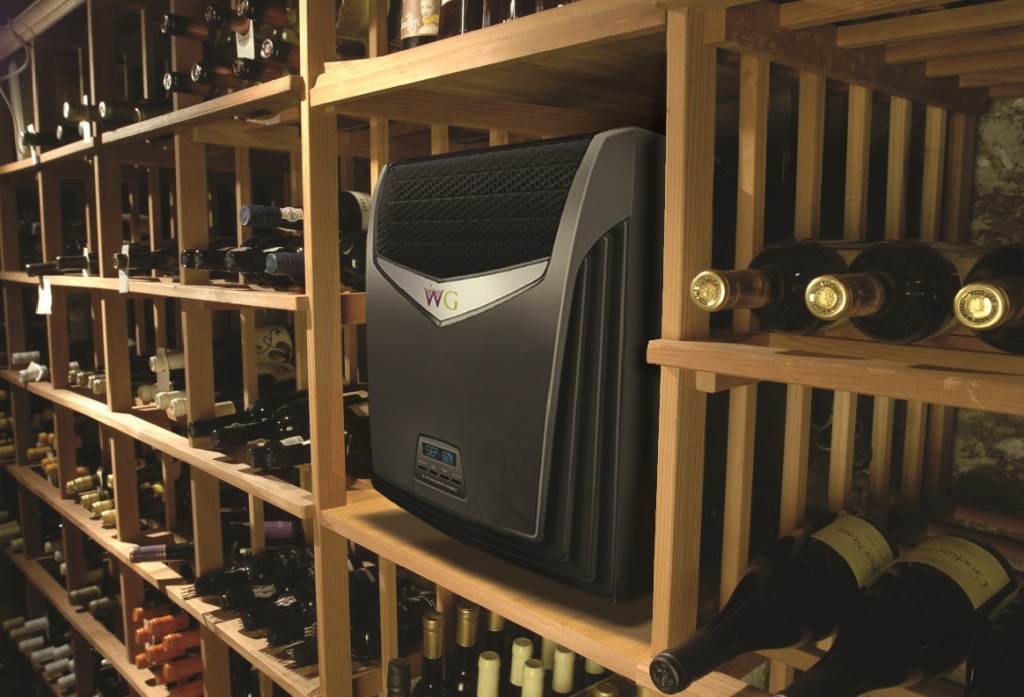 Think wine cellars are only for the rich and famous? Well, think again! Whether you’re mad for Merlot or just plain crazy for Chardonnay, you can never have too many bottles on hand. Here, we’ll discuss exactly what you need to know before adding your very own wine cellar to the floor plan.
Think wine cellars are only for the rich and famous? Well, think again! Whether you’re mad for Merlot or just plain crazy for Chardonnay, you can never have too many bottles on hand. Here, we’ll discuss exactly what you need to know before adding your very own wine cellar to the floor plan.
First up: location.
In much the same way that location plays an integral part in deciding where to purchase a home, it’s also paramount when it comes to choosing where your wine cellar should be situated. Whether you opt for the basement or even an above-ground room, Wine Guardian Division Manager Mike Militi notes that choosing a location that’s far from heaters, boilers and furnaces is perhaps most important. (I happen to think far away from screaming kids, dirty laundry and a sink full of dishes would also suffice). In fact, to truly protect and preserve wine, the following conditions must be met:
- 55 - 57 degrees Fahrenheit (13 - 14 degrees Celsius) ambient temperature
- Minimal variation in temperature
- 60 percent relative humidity
- Darkness
- No heavy vibration
Once you’ve picked a cool location devoid of sunlight—and any and all distractions—it’s time to start planning.
“Maintaining the conditions in the room is about more than the number of bottles or the size of the space,” says Militi. It’s also important to take into consideration the turnover of wines, how frequently you’ll enter the room (no more sneaking bottles!) as well as the number and location of windows. Fully planning out the room before construction will ensure that you don’t overlook any necessary details, especially the placement of cooling systems and other mechanical equipment.
Now that we’ve covered some of the basics, it’s time to tackle construction. And, according to Militi, one of the most commonly misapplied wine cellar construction elements: the vapor barrier. A closed-cell foam insulation, the vapor barrier (installed on the outside—or warm side—of the cellar insulation) is instrumental when it comes to controlling humidity.
“Humidity should be around 60 percent,” says Militi. “Higher levels can cause mold and degradation of the labels and glue, while lower levels can dry out corks and affect the wine quality.” And we certainly don’t want that.
While protecting and preserving your wine stash is the ultimate goal, showing off your wine cellar is often just as important to many wine connoisseurs. Partially- or fully-glassed walls are a great way to provide a glimpse into your personal wine haven, but these types of walls often let a significant amount of heat into the area, so it’s crucial that any glass or windows are double-paned and insulated. You’ll also want to take into consideration the types of tables, shelves and racks that best fit your specific wine cellar configuration, and be sure to position them so that the air circulates freely.
And keep that wine flowing. Cheers!

Paige Tepping is RISMedia’s Managing Editor. When she’s not scoping out her next DIY project, she’s busy tackling the Connecticut wine trail.







Very true. Everyone loves wine. Even if its a small wine fridge in the kitchen no one will say no to that
That’s certainly true, Beverly! Thanks for reading.
Excellent article! Very true
Thanks for stopping by, Jane! Glad you enjoyed the article.
Yes!
Wouldn’t you love to have this in your basement, Kitty?